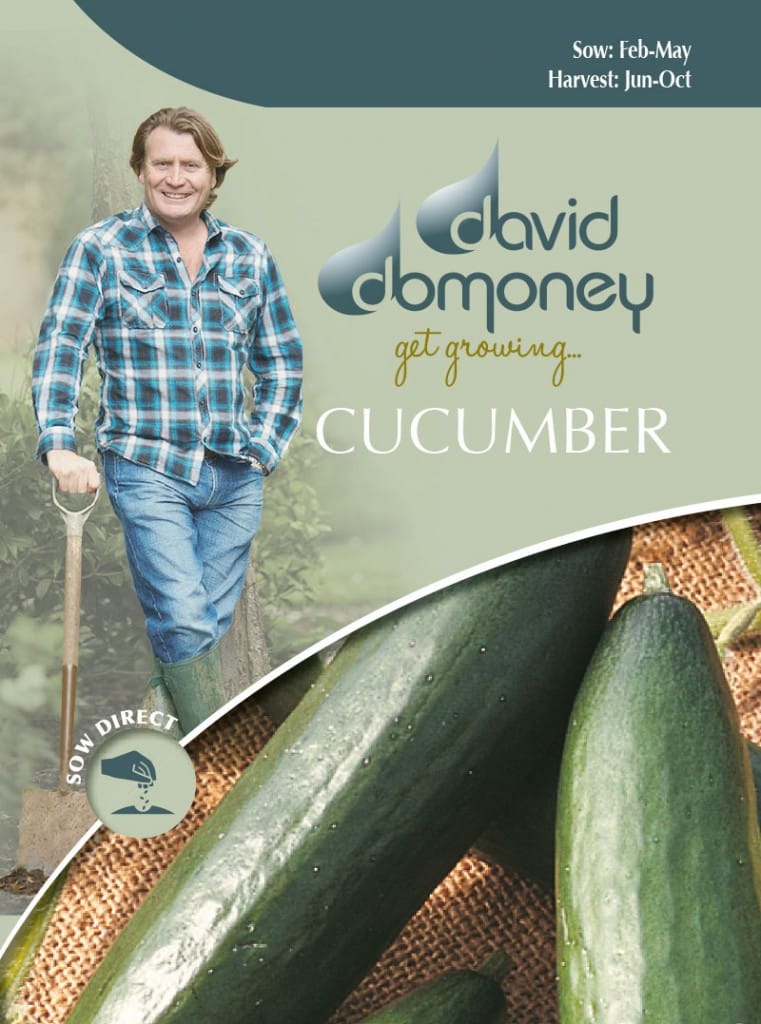Cucumber (La Diva)
These sweet and juicy little cucumbers do away with the need for a greenhouse or polytunnel, as they are bred to crop just as well outdoors. They have much better flavour than traditional shop bought cucumber and their shorter length means they are used while still fresh and don’t ever linger in the fridge. Their sheer numbers make up for their size.
Growing Advice

Sow indoors February to April. Sow edge downwards, 1.5cm deep into small, individual pots of compost. Water well and place in warm, light position, away from cold draughts and out of intense, direct sunlight. Keep the compost just moist and be careful not to overwater, the compost should almost dry out before it is watered again. Seedlings should start to appear in approximately 7-21 days. Carefully transplant the seedlings to individual pots when they are large enough to handle. In late May, acclimatise plants to outside conditions. Place plants outside in a sheltered spot during the day and bring them inside again at night when temperature fall. Do this for a week or two, until the plants have hardened off. Plant out to a sunny growing position spaced 45cm apart. Keep the soil moist at all times and remove any weeds as they appear.

Top Tips About Seeds
Once the seed packet has been opened, the seeds can be stored in an airtight container until required for further sowings. Cucumber seeds will maintain their vigour for a good number of years.

A sunny sheltered patio or balcony is ideal for growing plants in large patio tubs, grow bag or a trough. Be sure to keep the compost most and feed plants regularly. Container grown plants can also be trained over a trellis or support to make best use of space.
Rapid changes in temperature can stress the plants and reduce productivity. If possible cover young plants with cloches or fleece if a sudden cold spell is expected. Late in the season mildew often begins to reduce the vigour of plants, again regular watering will help the plants resist mildew and crop for as long as possible.
It is important to harvest cucumbers regularly in order to keep a plentiful supply coming on. Cut the fruit away from the plant with a knife, pulling them off can easily damage the stem. Be sure to harvest them young, as soon as the fruits fill out.

Ideas for your cucumber
When plants begin to flower and start to produce fruit, a regular watering with a liquid feed will help to maximise the crop. It is import to water plants regularly as irregular ‘boom and bust’ watering will result in poor quality fruit, often with tough skins. It may also weaken the plants enough to succumb to mildew. If you see an occasional male flower, one without a little fruit at it base, then it is best to remove it as the female flower that produce the fruit should not be pollinated.

Leave A Comment